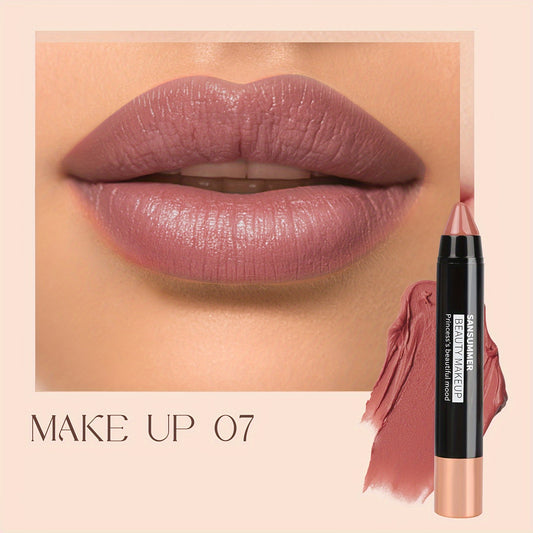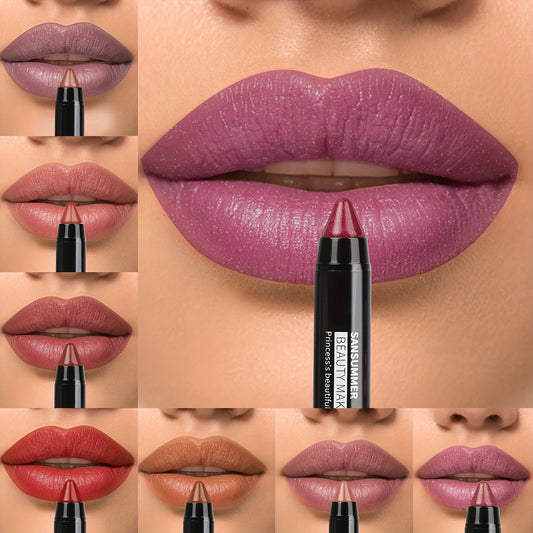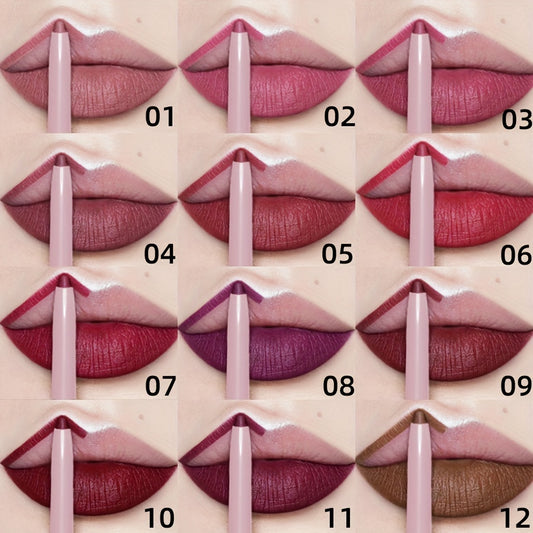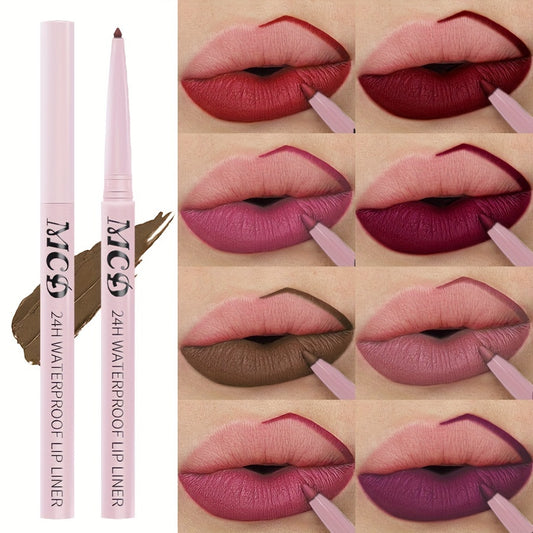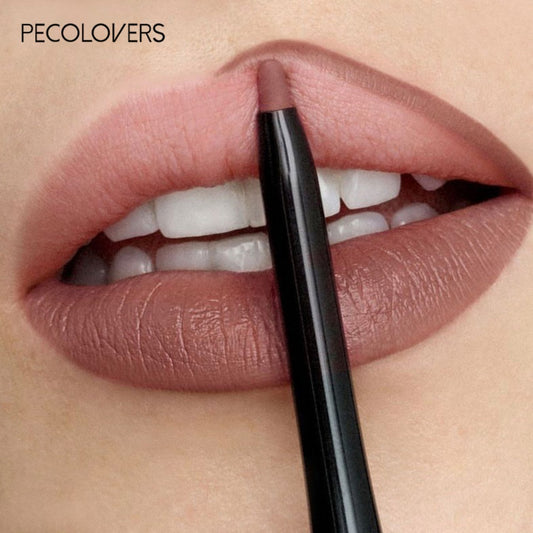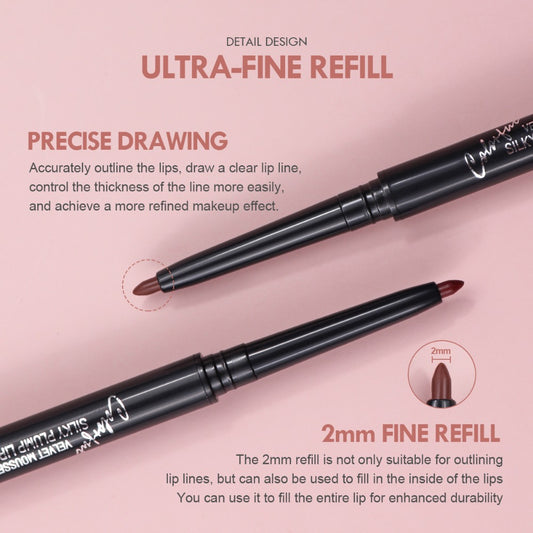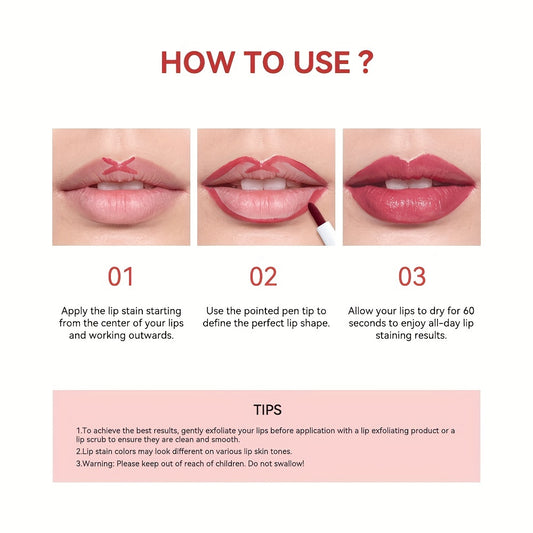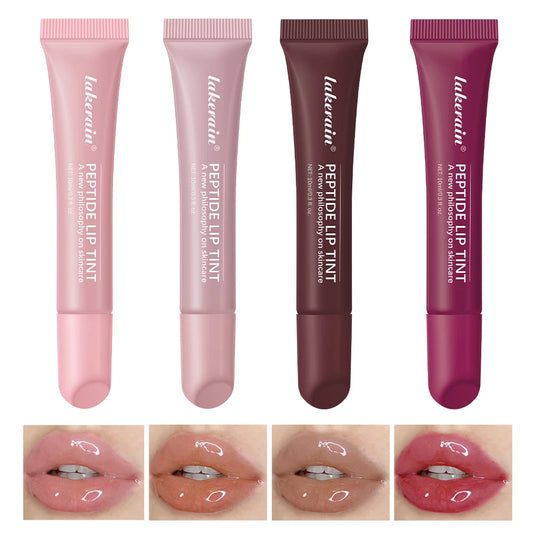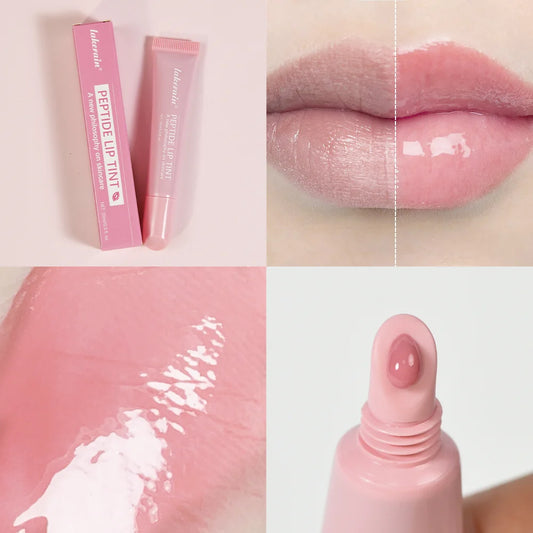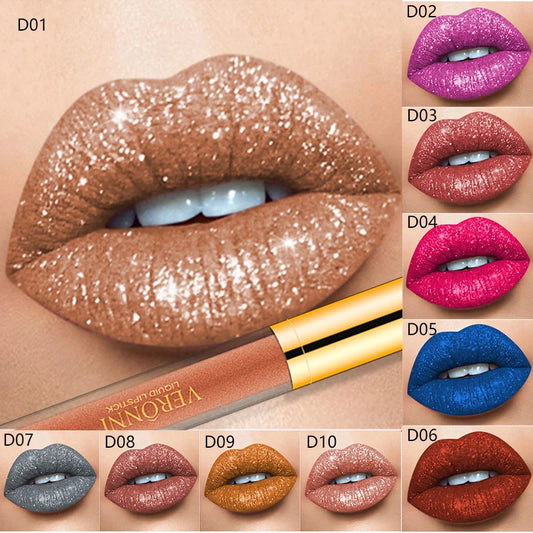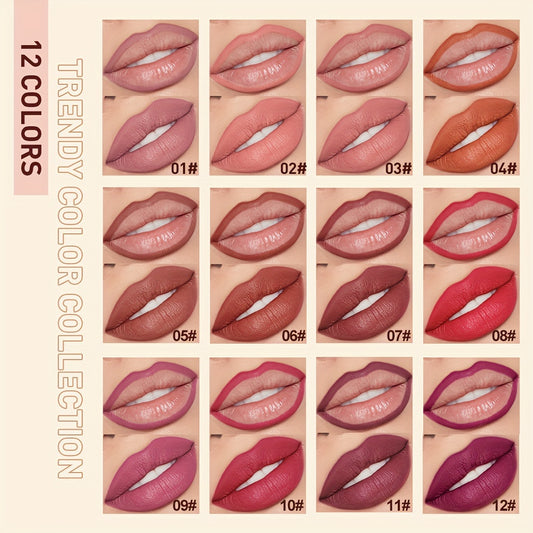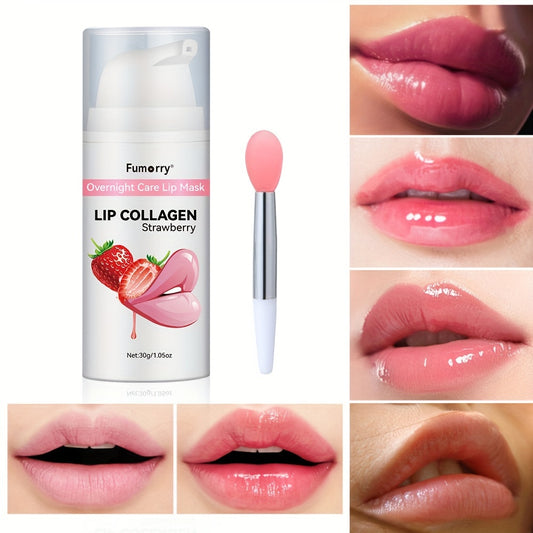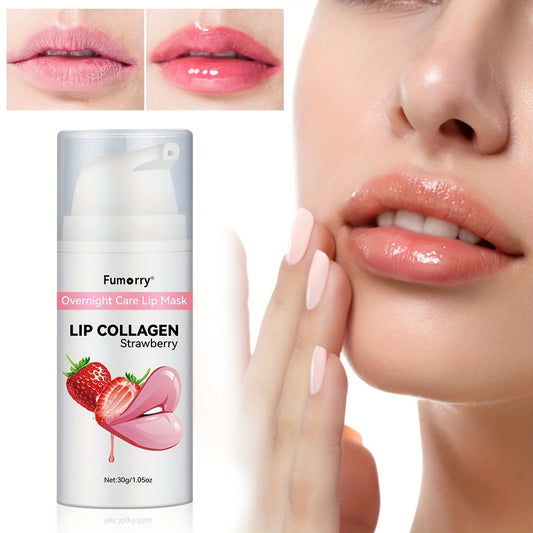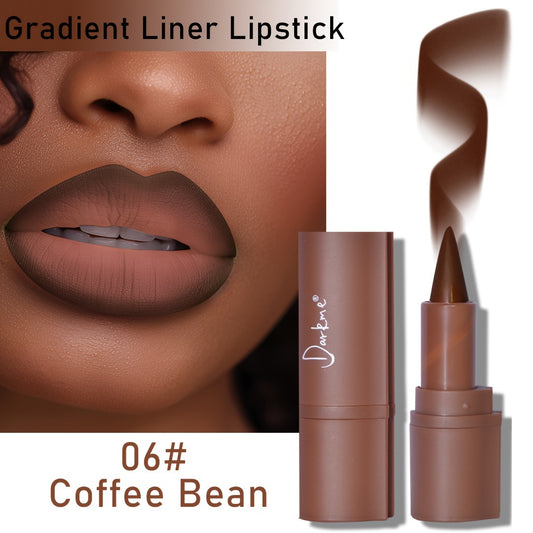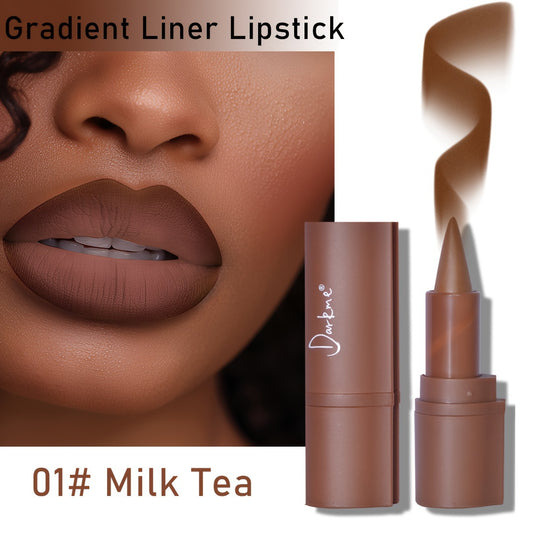The Ultimate Guide to Perfect Lip Care and Color Products
Share
In the world of beauty and skincare, the demand for products that deliver efficient hydration and long-lasting appeal is ever-growing. A hydrating lip balm serves as a cornerstone product that addresses this demand, offering both nourishment and aesthetic value. This blog post will explore the composition, application, and diverse benefits of moisturizing lip balms, shedding light on various aspects from natural lip gloss options to vegan and affordable variants with SPF protection.
Understanding Hydrating Lip Balm
Hydrating lip balm is pivotal for maintaining soft and supple lips in all seasons. It is formulated to provide moisture, thereby preventing dry and chapped lips. But, what makes a lip balm hydrating? Essential ingredients like beeswax, shea butter, and organic oils contribute significantly to its moisturizing properties. These elements work synergistically to form a protective barrier on the lips, sealing in moisture and offering a smooth, nourished appearance.
The Benefits of Moisturizing Lip Balm
A well-formulated moisturizing lip balm does more than just hydrate. It offers multiple benefits including:
- Nourishment: Ingredients such as shea butter and essential oils infuse lips with vital nutrients.
- Protection: SPF variants shield lips from harmful UV rays, making them ideal for year-round use.
- Versatility: Products like tinted lip balm and natural lip gloss offer color and shine while maintaining hydration.
Choosing the Right Hydrating Lip Balm
With countless options available, choosing the best hydrating lip balm for dry lips can be daunting. Key factors to consider include ingredients, application frequency, and added features like SPF and color options.
Ingredients Matter
When selecting a lip balm, pay close attention to its ingredients. A high-quality hydrating lip balm often contains:
- Natural Oils: Oils such as coconut and olive not only hydrate but also impart a natural sheen.
- Beeswax or Candelilla Wax: These waxes help form a barrier on the lips, locking in moisture.
- Antioxidants: Ingredients like vitamin E protect lips from oxidative damage.
Understanding Lip Balm Costs and Options
There is a broad spectrum of lip balm options, ranging from affordable hydrating lip balm with SPF to luxurious vegan lip balm selections. The value comes not just from the price but from understanding the blend of ingredients and their potential benefits. Products labeled as “vegan” and “cruelty-free” are typically free from animal-derived components, aligning with ethical beauty trends.
Application Techniques and Frequency
Knowing how often to apply hydrating lip balm will help maximize its benefits. Ideally, lip balm should be applied multiple times a day, especially in dry or cold environments. Before applying your favorite matte lipstick or long-lasting lipstick, ensure your lips are well-prepped by applying balm. This creates a smooth base, enhancing the lipstick's finish and longevity.
Pairing with Other Lip Care Products
To maintain optimal lip health and appearance, consider incorporating these products into your routine:
- Lip Exfoliating Mask: Regular exfoliation removes dead skin cells, improving balm absorption.
- Lip Liner Pencil: Define lip contours before applying tinted balms or glosses for a polished look.
- Organic Lip Oil: Apply after balm for added sheen and moisture.
Conclusion
In conclusion, the world of hydrating lip balms offers extensive options to suit varying needs and preferences. Whether your choice is driven by the desire for natural products or a need for SPF protection, the essential role of a moisturizing lip care regimen cannot be overstated. Investing in quality products not only enhances your lips' aesthetic appeal but also contributes significantly to their overall health and vitality. As the beauty industry evolves, so too does the innovation in lip care, ensuring that there is always an ideal product ready to meet your personal standards and expectations.
Disclaimer: The advice provided in this blog is for informational purposes only and should not be considered as professional medical guidance. Always consult a healthcare provider for personalized advice.

